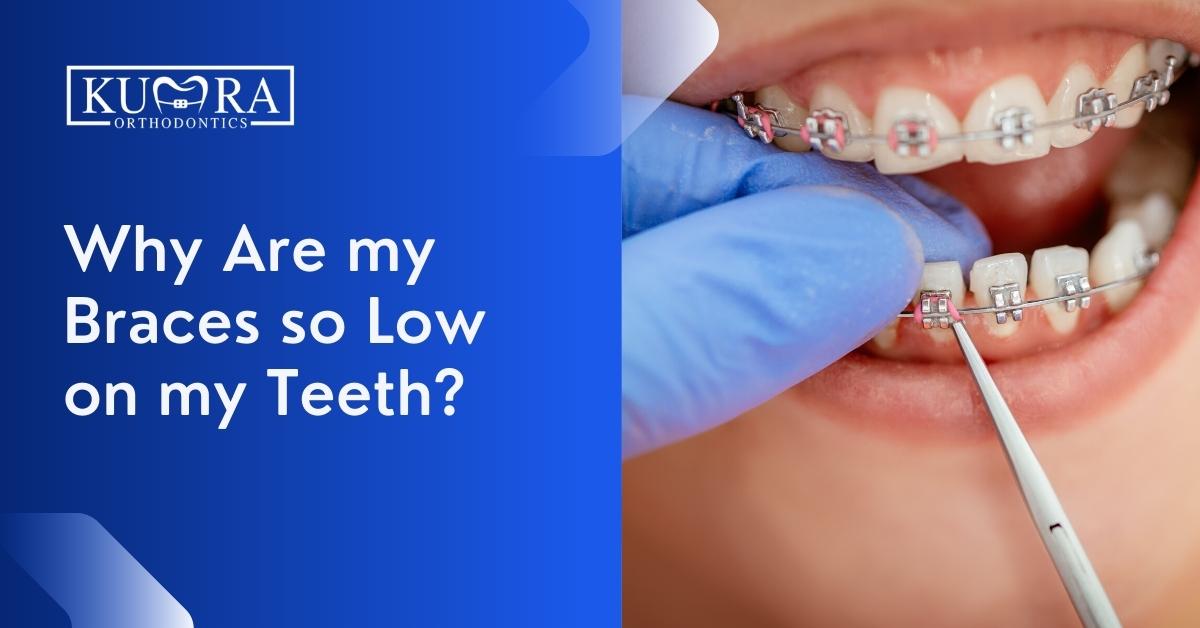Discovering the Right Cumming Orthodontist for Your Braces and Aligners Requirements
Wiki Article
Comprehensive Overview to Orthodontics Treatments for Remedying Oral Misalignments
Recognizing the details of each procedure, including their devices, advantages, and possible downsides, is crucial in making informed choices regarding one's orthodontic treatment. As we browse via the detailed overview to orthodontic procedures for correcting dental imbalances, the intricate details of each method will unfold, dropping light on the path toward a harmonious and useful dental placement.Orthodontic Procedures Review

Along with clear aligners and conventional braces, orthodontists might likewise suggest various other interventions like headgear, palatal expanders, or retainers to address certain placement issues (cumming invisalign). These treatments are customized to each patient's distinct demands and might involve a mix of treatments to achieve the desired outcomes. Normal adjustments and surveillance are essential components of orthodontic therapy to ensure progress gets on track and to make any type of essential alterations along the method. By undergoing orthodontic procedures, people can not only accomplish a straighter grin but also boost their total oral health and feature.
Traditional Dental Braces: Just How They Work
When thinking about orthodontic treatments for dental imbalances, standard braces attract attention as a tried and true method for remedying teeth placing. Typical braces consist of braces, cords, and bands that function together to use constant pressure on the teeth, slowly moving them right into the preferred positioning. The brackets are attached to the teeth using an unique adhesive, and the cables are threaded with the braces. By changing the tension of the wires, orthodontists can control the instructions and force applied to each tooth, directing them into appropriate alignment with time.
As stress is applied to the teeth with the dental braces, the bone surrounding the teeth is improved to support the new tooth placements. Patients will certainly need regular modifications at the orthodontist's workplace to ensure the braces proceed to apply the correct stress for effective teeth movement.
Invisible Aligners: Benefits And Drawbacks
These clear, personalized trays are virtually unseen when used, making them an appealing alternative for people looking for an extra aesthetically pleasing orthodontic therapy. Individuals can remove the aligners prior to consuming or brushing their teeth, lowering the danger of food getting stuck in the home appliance and simplifying the cleaning procedure.
Surgical Orthodontic Options
Surgical interventions in orthodontics existing practical choices for addressing complex oral imbalances that may not be successfully settled through conventional orthodontic therapies. While conventional braces and invisible aligners can deal with many orthodontic concerns, certain instances need medical treatment to accomplish optimal results. Surgical orthodontic options are typically advised for serious malocclusions, significant jaw inconsistencies, and cases where the underlying bone structure needs modification to attain correct placement.One typical surgical orthodontic procedure is orthognathic surgical treatment, which entails rearranging the jaws to remedy useful concerns such as problem chewing or speaking. This surgical procedure is often carried out in partnership with an orthodontist that aids align the teeth prior to and after the treatment. Surgical orthodontics might also include treatments to subject influenced teeth, get rid of excess periodontal tissue, or reshape the jawbone to produce a more harmonious face account.
Before thinking about medical orthodontic choices, clients undergo a comprehensive examination to identify the need and prospective benefits of such interventions. cumming aligners. While surgery may seem daunting, it can substantially enhance both the feature and aesthetic appeals of the smile in cases where conventional orthodontic therapies fall short
Retainers and Post-Treatment Care

Post-treatment treatment includes complying with the orthodontist's instructions carefully. This may include proper dental hygiene techniques, attending follow-up consultations, and wearing the retainers as recommended. Failing to abide with post-treatment treatment directions can lead to regression, where the teeth slowly return towards their initial settings. Consistent retainer wear, good dental health, and regular dental exams are essential for preserving the outcomes accomplished through orthodontic surgery and making sure the lasting security of the dealt with dental positioning.
Verdict
To conclude, orthodontic treatments provide numerous choices for correcting dental misalignments. Standard dental braces use steel braces and cables to shift teeth right into appropriate alignment. Undetectable aligners give an even more discreet choice yet may not appropriate for all situations. Surgical orthodontic options are offered for a lot more severe imbalances. Retainers are generally made use of post-treatment to nearest dentist office near me maintain the new placement. Overall, orthodontic treatments can properly boost dental health and aesthetic look.As we browse via the detailed guide to orthodontic procedures for remedying oral misalignments, the complex details of each method will certainly unravel, losing light on the path toward a harmonious and useful oral alignment. - invisalign
One of the most typical orthodontic treatments is the usage of dental braces, which are composed of metal braces and cords that use mild pressure to progressively move teeth into the preferred setting.When thinking about orthodontic treatments for oral misalignments, standard dental braces stand out as a reliable technique for fixing teeth placing. Additionally, undetectable aligners might not be appropriate for complicated orthodontic problems that require even more significant teeth activity, as they are commonly recommended for light to moderate cases. Retainers are personalized orthodontic tools created to hold teeth in their fixed settings after the completion of orthodontic therapy.
Report this wiki page